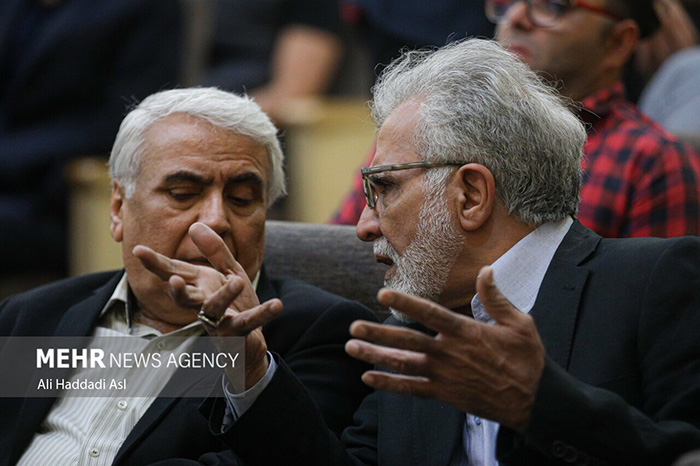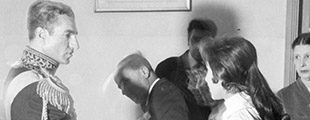The scenes built around displayed artifacts in The Hills of Marlik establish Golestan’s montage virtuosity beyond the field of word and syntax. The film’s “museum display sequences” principally consist of images of sharply lit excavated objects suspended in the air and filmed in various angles and from changing distances, at times moving and at other times static. They have an ethereal appearance against a background that is immaculately black. These museum sequences are striking in their broad array of editing and lighting arrangements, camera movements, and optical printing methods; the cinematic techniques put on display, most of them drawn from the inventory of cinematic modernism, include jump cuts, traveling shots, close-ups, extreme close-ups, stop-motion cinematography, dissolves, and fades. The “museum pieces” spread and are scattered, with or without justification from the voice-over commentary, into the rural landscape, appearing within or next to images of the villagers standing in front of their mud-brick homes.
Margins of the funeral ceremony of Reza Davodenjad
[custom_adv]

